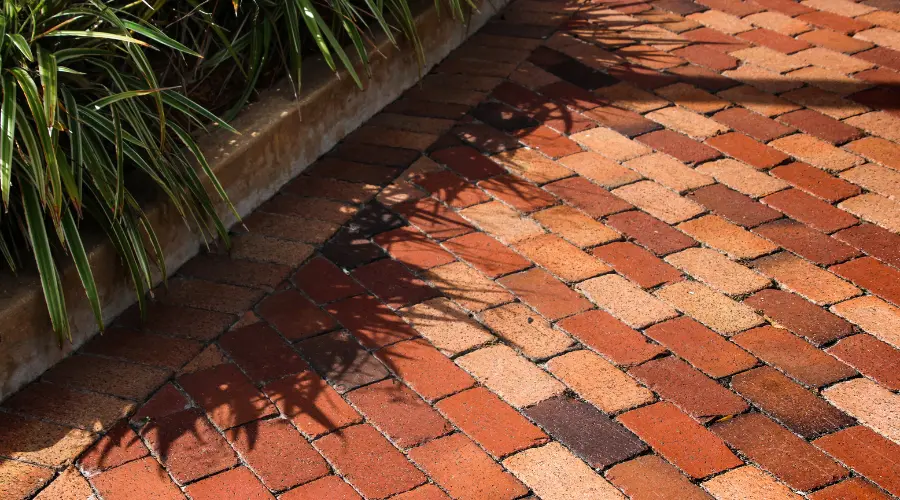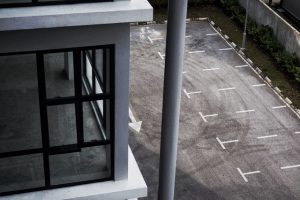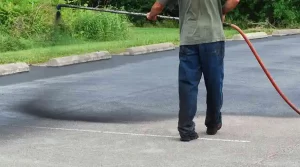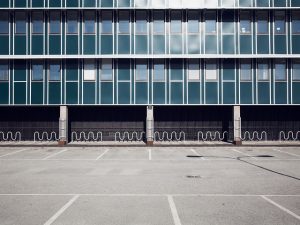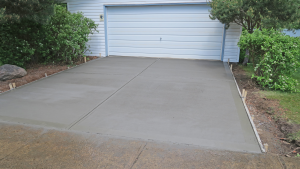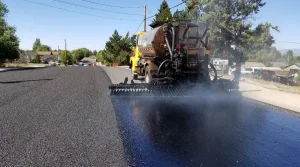Key Takeaways:
- Consider your climate, sunlight exposure, and desired aesthetic when
- Choose a paver color that complements your home’s exterior and surrounding environment.
- Opt for solvent-based acrylic sealers for color enhancement and durability.
Pavers are a popular and flexible choice for outdoor spaces, coming in many colors, textures, and patterns. But their color can fade over time because of sunlight, moisture, chemicals, and everyday use. Knowing how to protect and boost the color of your pavers can help keep your outdoor areas looking beautiful.
We take pride in delivering top-quality work and never cut corners. Our team explains every part of your project clearly, from the materials we use to the installation steps. Whether you’re updating a patio, driveway, or walkway, we keep you informed and involved the whole way. Contact us today! As the leading paving service in Jersey City, we’re trusted by many residents and businesses to improve their outdoor spaces.
Why Paver Sealers Matter
One of the best ways to keep or bring back the color of your pavers is by using a paver sealer. The suitable sealer makes the color look brighter, protects against stains, and helps your pavers last longer by shielding them from weather and wear.
What is the Best Paver Sealer to Enhance Color?
The appropriate paver sealer is crucial to achieving a vibrant and durable finish. Among the most recommended sealers are solvent-based acrylic sealers. Here’s why:
- Color Enhancement: Solvent-based acrylic sealers penetrate the paver surface, providing a rich, glossy finish that enhances the pavers’ natural colors. This effect intensifies the paver color, giving it a “wet look” that adds depth and vibrancy.
- Protection from Elements: High-quality sealers offer superior protection from UV rays, which can fade paver color over time. Additionally, these sealers guard against moisture, mold, mildew, and efflorescence, helping to prevent unsightly stains and discoloration.
- Durability: Brands like Glaze ‘N Seal and Foundation Armor are highly recommended due to their long-lasting protection and ability to withstand harsh weather conditions. Investing in a premium sealer enhances color and saves on maintenance costs over time.
Common Causes of Paver Discoloration
Pavers can lose their color for different reasons. Knowing what causes this can help you take steps to prevent it and choose the best products to protect your outdoor spaces.
- UV Rays: Continuous sun exposure is the primary cause of color fading in pavers. UV radiation breaks destroys the pigments in pavers, gradually lightening their color.
- Moisture: Frequent contact with water can lead to mold, mildew, and efflorescence, manifesting as white or gray deposits on the paver surface. These can alter the color and dull the vibrancy of the pavers.
- Chemicals: Harsh chemicals, including specific cleaning agents, can strip color from pavers. Avoid using aggressive cleaners and stick to paver-friendly cleaning solutions to prevent chemical damage.
- Wear and Tear: Areas with a lot of foot traffic or vehicles wear down faster, damaging the paver surface and making the color fade over time.
Choosing the Right Paver Color for Your Space
Picking a paver color is not just about how it looks. It would help if you also thought about practical things to ensure your outdoor spaces look good for a long time. Here are some factors to keep in mind when selecting paver colors:
1. Consider Your Home’s Exterior
When choosing a paver color, look at your home’s exterior, including the roof, walls, and trim. Aim for paver colors that complement or contrast harmoniously with these elements.
- Matching or Complementing: If your home has warm, earthy tones, consider pavers in shades of brown, tan, or gray to create a unified look. Alternatively, if your home has more excellent colors, you might opt for complementary colors to add interest.
- Texture and Style: Consider your home’s architectural style. Modern homes may look best with smooth, sleek pavers, while rustic or traditional homes pair well with textured or natural-looking pavers.
2. Purpose and Location
Different outdoor spaces serve unique functions, and the color choice can impact usability.
- Functionality: Driveways, for instance, are prone to stains from oil or tire marks, making darker pavers a good choice. For patios or pathways, lighter pavers can create an inviting atmosphere and make smaller areas appear more spacious.
- Sunlight Exposure: Paver color impacts temperature. Darker pavers can absorb and retain heat, which may make them uncomfortable to walk barefoot in direct sunlight, whereas lighter pavers reflect light and stay more relaxed.
3. Climate and Environment
The natural surroundings and local weather patterns can influence paver color selection.
- Regional Colors: In desert areas, warm, sandy hues blend naturally with the environment, while cooler grays and blues are ideal for coastal regions.
- Weather Impact: Weather can also affect paver colors differently. Pavers exposed to direct sunlight in hot climates may fade faster, whereas those in rainy regions may develop moss or mildew.
4. Personal Aesthetic and Design Trends
Your taste and style preferences should play a role in your color choice.
- Personal Style: Choose colors you’re drawn to and that resonate with your aesthetic. If you prefer a minimalist look, neutral grays or beiges may work best, while bold colors can add vibrancy to your outdoor space.
- Timeless vs. Trendy: While following trends is tempting, consider whether the color will still appeal to you in a few years. Neutral or classic colors tend to age well, while trendy colors may lose appeal over time.
5. Sample Testing
Before committing to a color, testing samples in your outdoor space is wise.
- Test in Natural Light: Observe how the sample colors look at different times of the day. Natural sunlight and shadows can drastically change the appearance of pavers.
- Blend and Contrast: To add visual interest, experiment with blending multiple colors or creating contrast within your paved areas.
6. Maintenance Considerations
Some paver colors may require more upkeep than others.
- Stain Resistance: Light-colored pavers can show stains more easily and might need to be cleaned often. In contrast, darker pavers can better hide dirt and stains.
- Ease of Cleaning: Textured finishes and specific colors may require more maintenance. Be sure to choose pavers that fit your way of life and the amount of upkeep you’re prepared to put in.
7. Budget
Different colors and finishes can vary in price, so it’s essential to factor in your budget.
- Cost Differences: Specialty colors or unique finishes may be pricier than standard options. Make sure the color choice aligns with your financial plans and the level of investment you’re comfortable with.
Additional Considerations for Paver Selection
Besides color, consider the look you want to create, how much sunlight your pavers will receive, and whether you prefer a single color or a mix of colors.
The Desired Effect
Consider the look you want to create—a modern, sophisticated feel or a more rustic, traditional atmosphere. Darker colors can add depth and formality, while lighter tones make spaces appear larger and more welcoming.
Sunlight on Pavers
The level of sunlight affects both the temperature and color of pavers. In areas with intense sunlight, darker pavers can get hot, making them less comfortable for barefoot walking. Conversely, lighter pavers reflect sunlight but may require more frequent cleaning.
Monotone vs. Multicolored
Monotone pavers offer a uniform appearance, which can be great for sleek, modern designs. On the other hand, multicolored pavers can add character and help camouflage dirt, making them ideal for high-traffic areas.
Enhancing Paver Color with Travertine and Brick Pavers
Different paver materials offer unique color options and aesthetics. For instance:
- Travertine Pavers: These are available in various colors, from soft beiges and tans to darker shades like walnut and silver. Travertine pavers are perfect for a timeless, natural look that pairs well with various architectural styles.
- Brick Pavers: Traditional and warm brick pavers come in classic reds, browns, and grays. Mixing shades can add depth and character, creating a unique, inviting look.
Matching Paver Colors with Roof Color
Coordinating your paver color with your roof color creates a cohesive look across your property. For instance, a dark-colored roof pairs well with similar dark pavers, while a lighter roof works with complementary paver colors.
Conclusion
Enhancing and maintaining paver color involves more than choosing a sealer—it’s about making informed decisions on paver color, style, and materials matching your design vision. By considering factors such as sunlight exposure, desired effect, and color compatibility with existing architectural elements, You may design a lovely outdoor area that stands the test of time. Investing in high-quality sealers and staying mindful of the causes of discoloration will help ensure your pavers remain vibrant and attractive for years.

